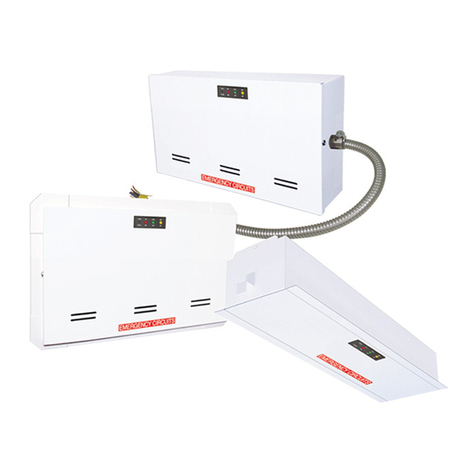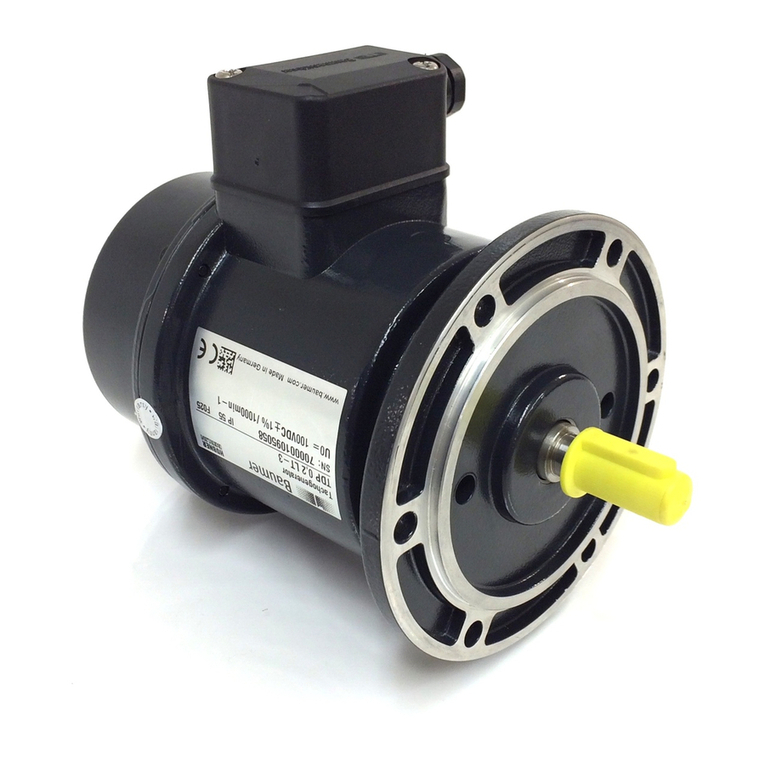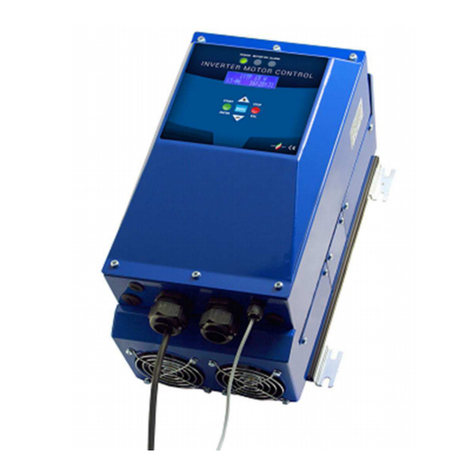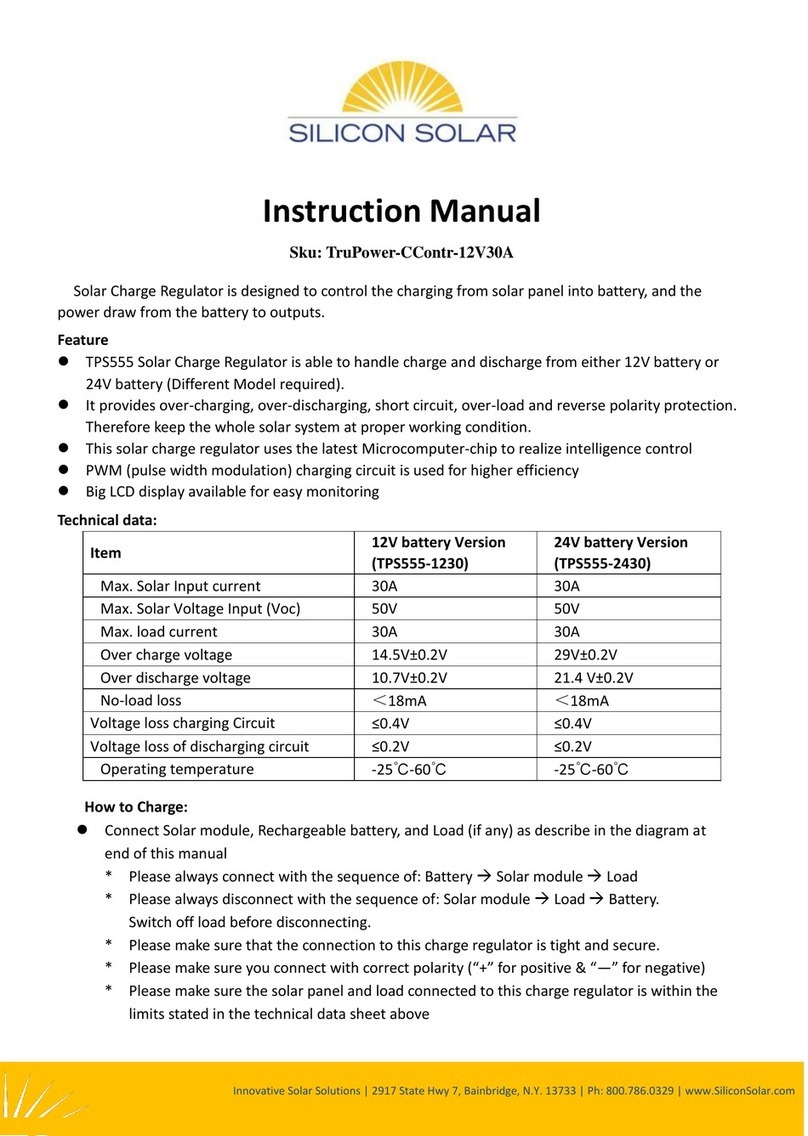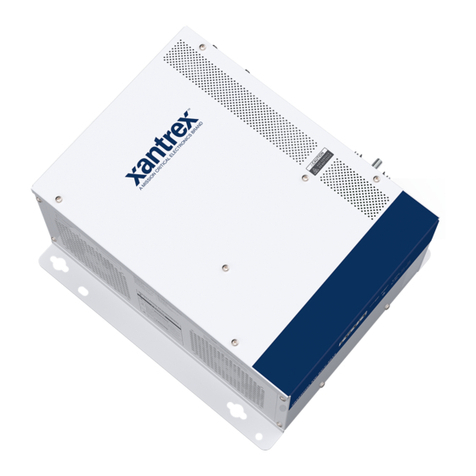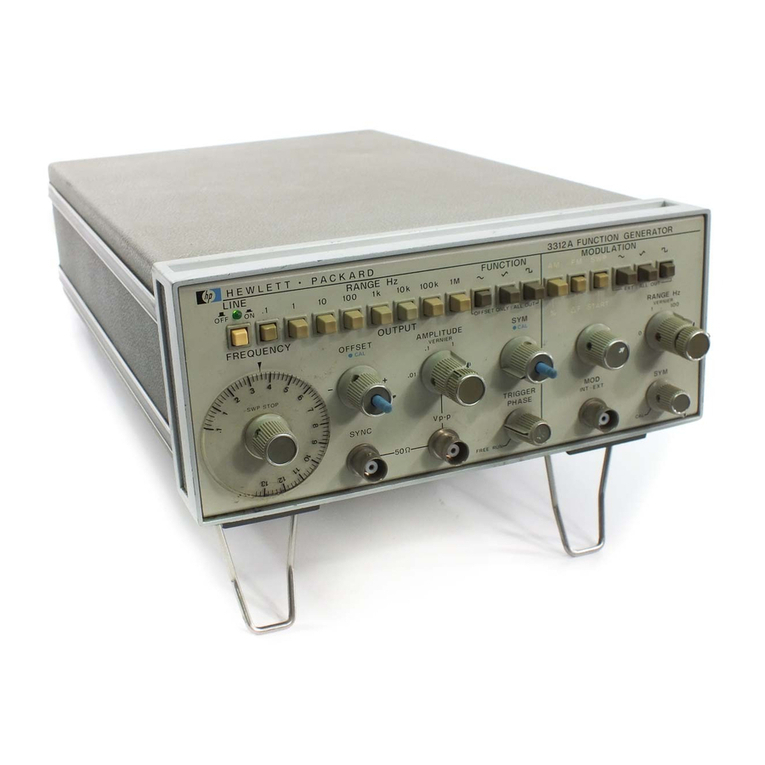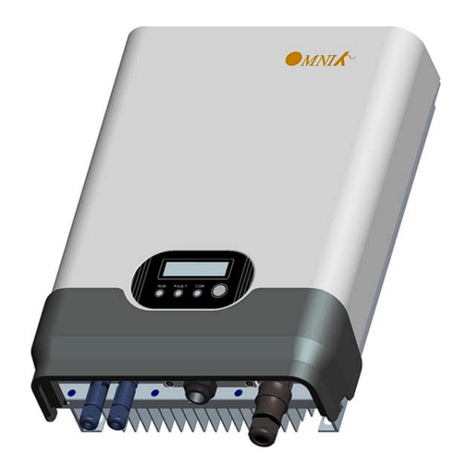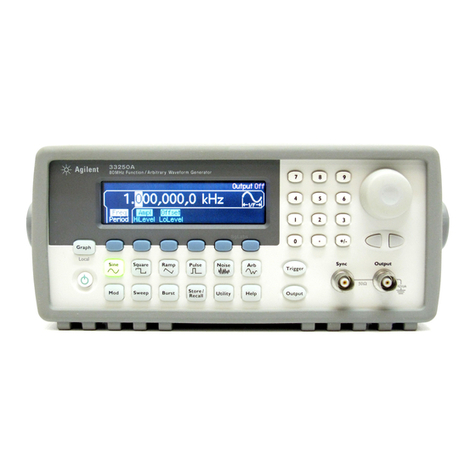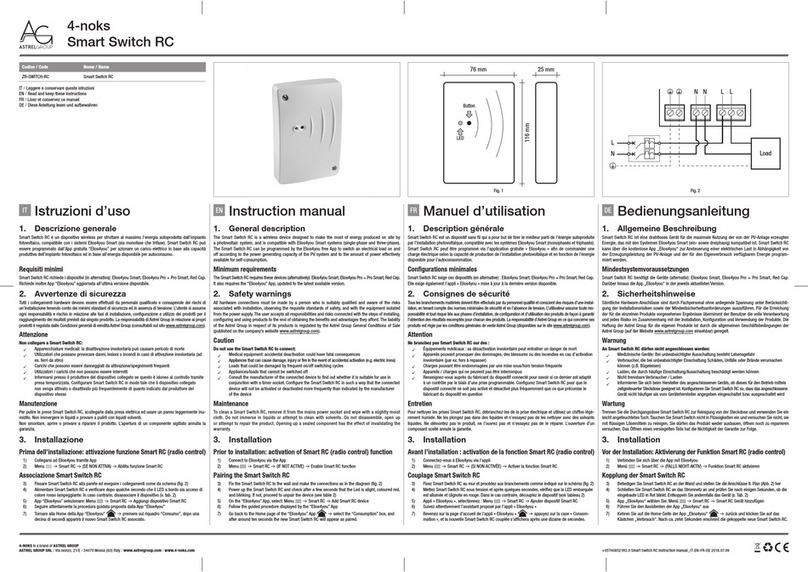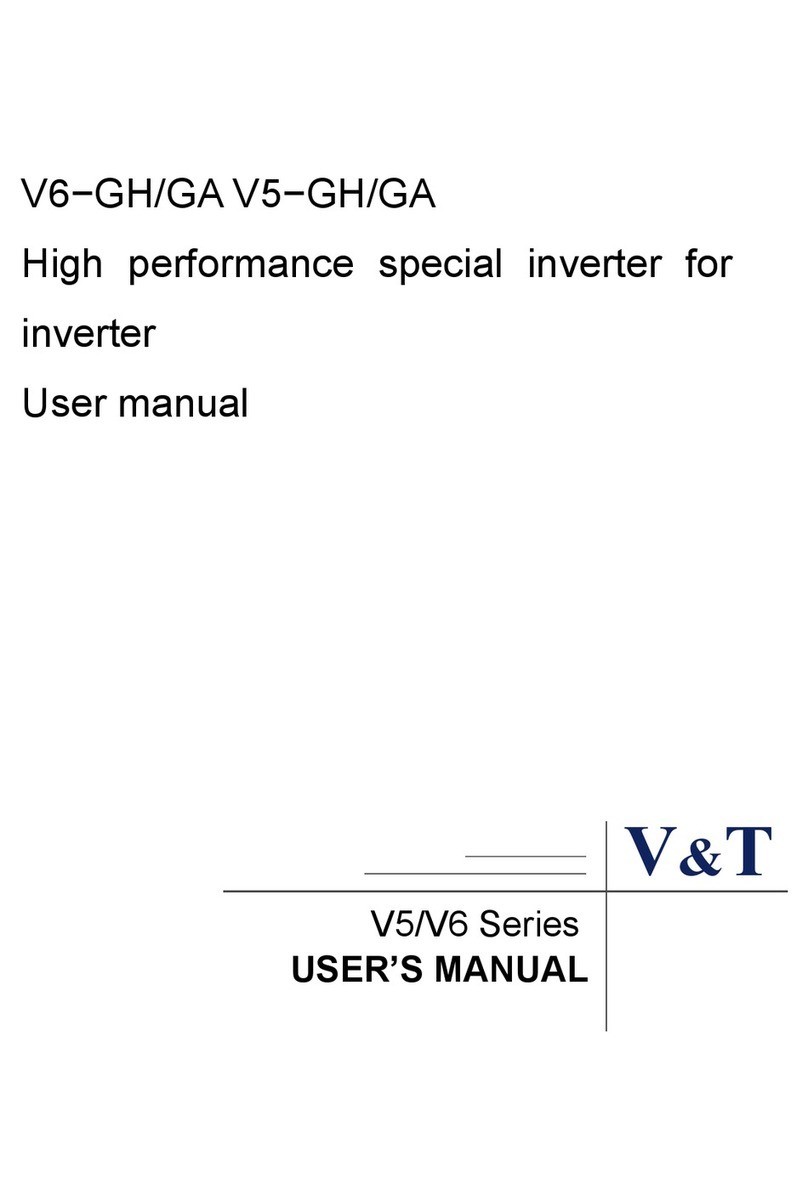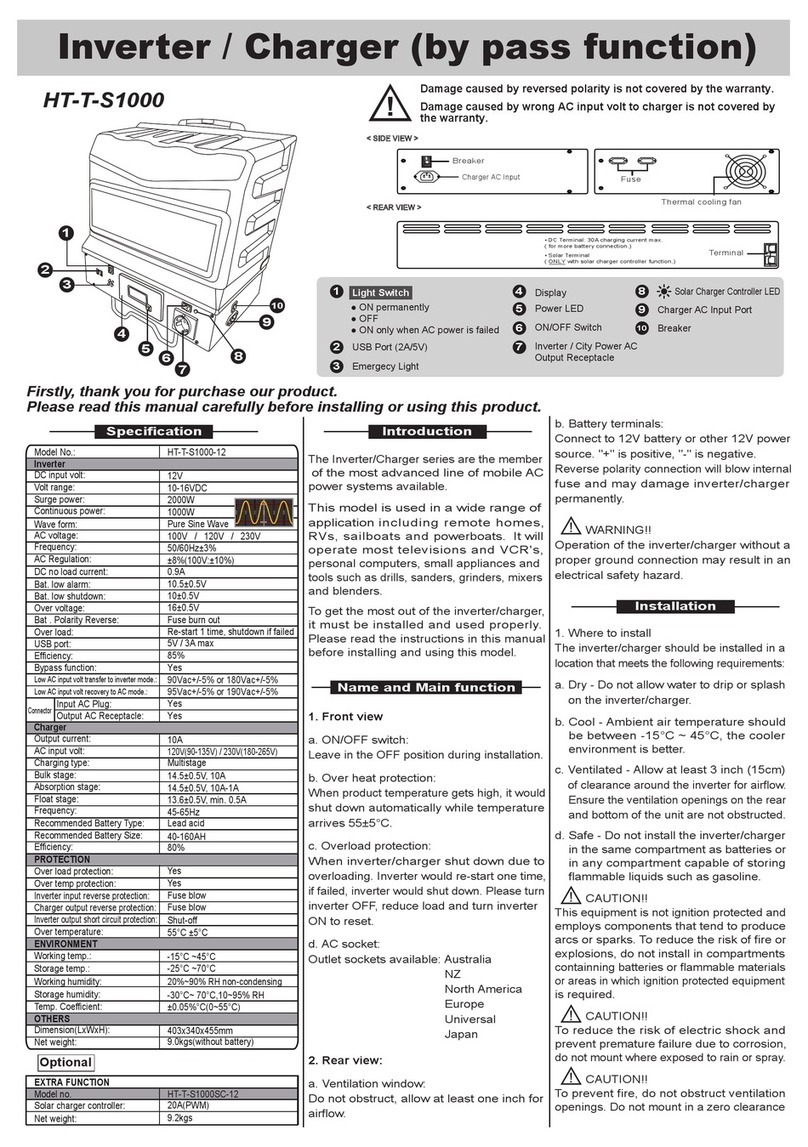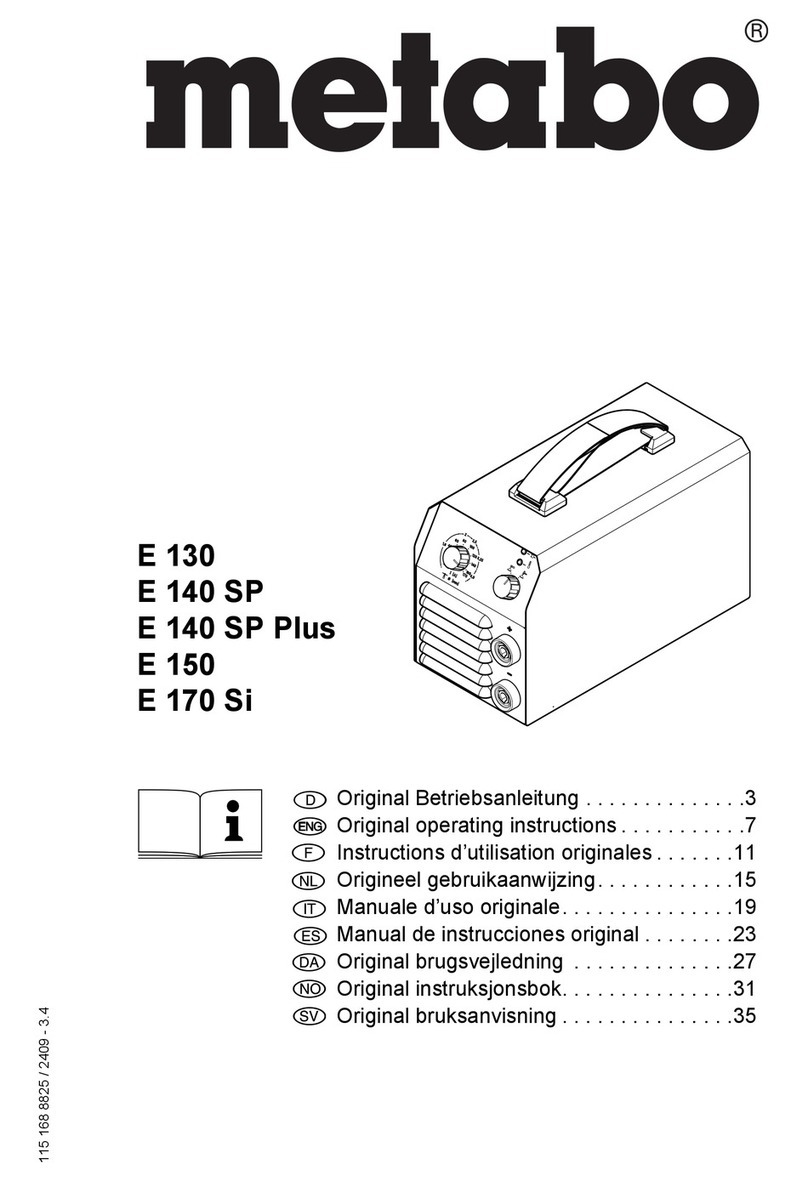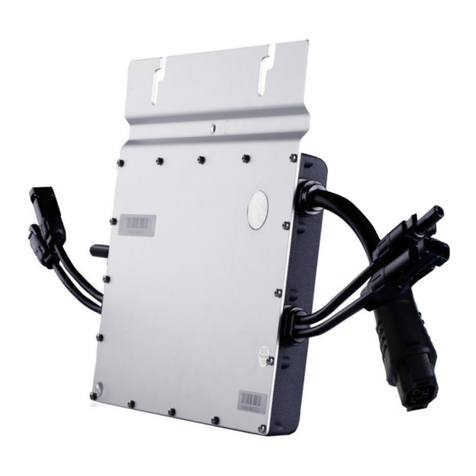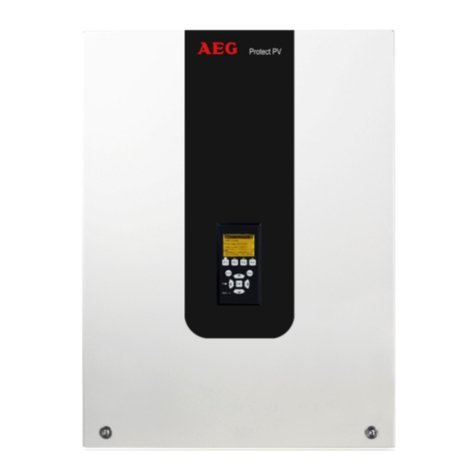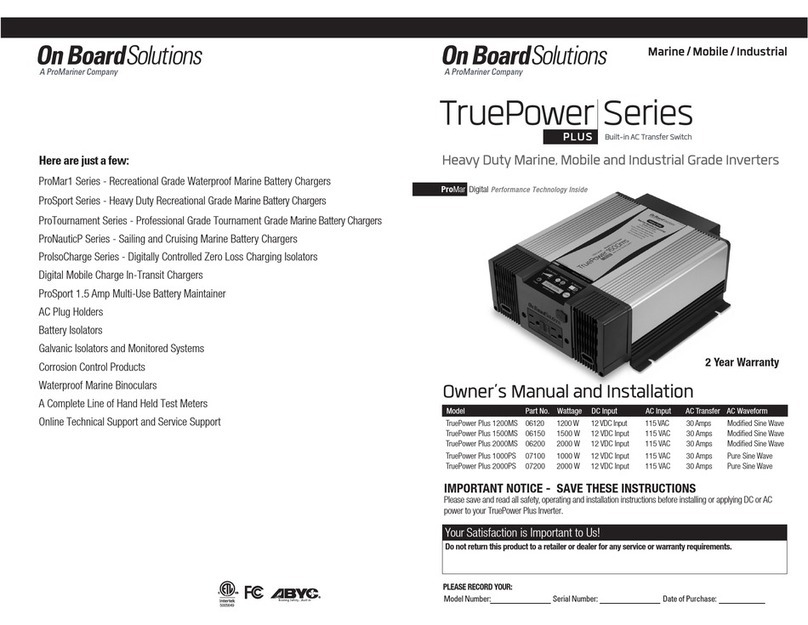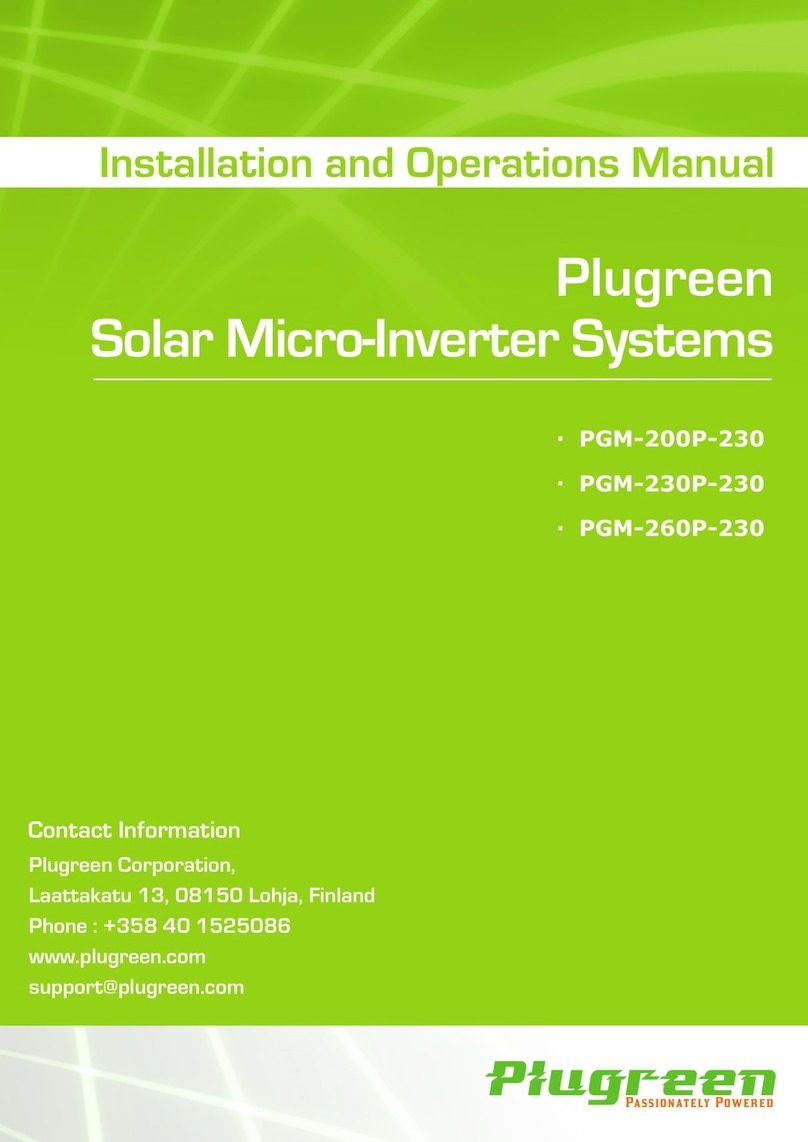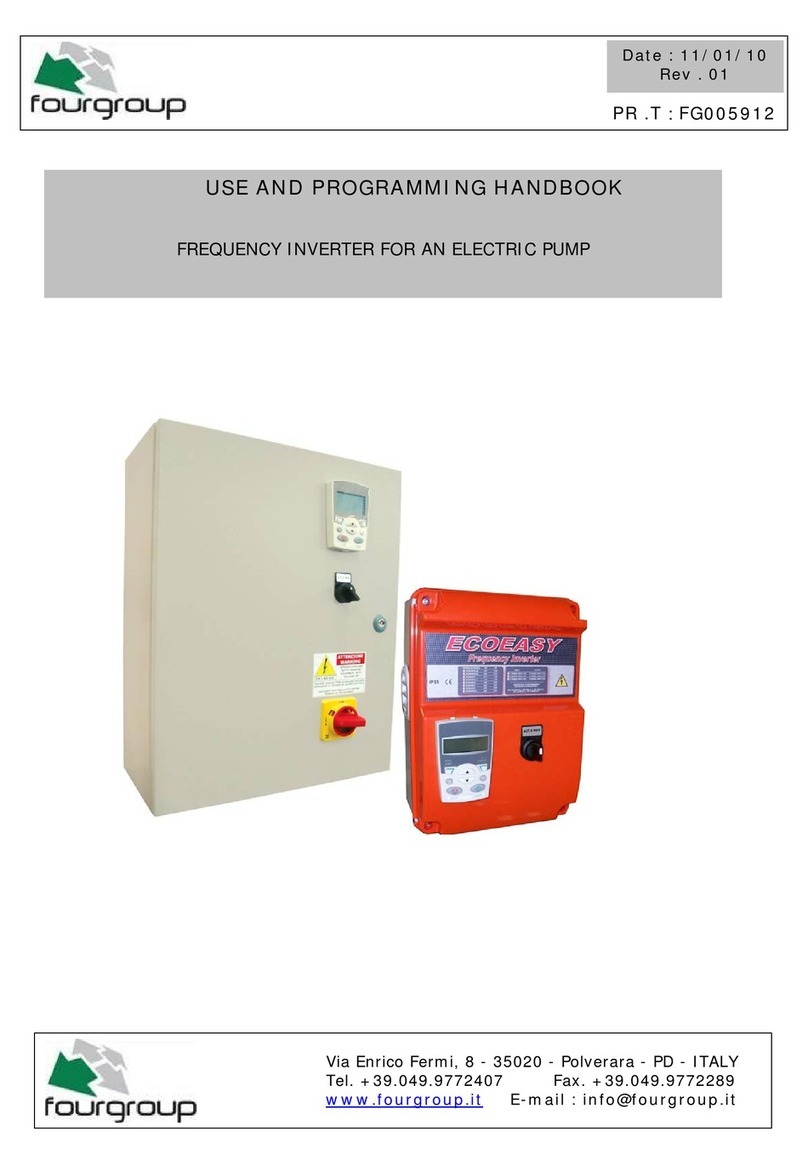
PV Blocks system Page 8
1.1. SAFETY
All PV-Blocks are designed and manufactured with consideration for safety; however,
please make sure to read and understand this instruction manual thoroughly to be able
to operate the instrument safely in the correct manner.
General Warnings
• Make sure the system and the cables are installed in a location where they will not get
soaked with water.
• Although this product is tested to meet EMC Directive compliance requirements, it
may not fully satisfy its primary specification/performance when using this product
near following locations where strong electromagnetic wave is generated. Please pay
attention to the installation environment.
Outdoor: High voltage power line, power receiver/distribution facility, etc.
Indoor: Large-size chiller, large rotation device, microwave, etc.
• Do not use this product in the environment where corrosive gas, such as ammonia
and sulfurous acid gas, are generated. It may cause malfunction.
• Do not install in the area that cause salt damages. It may cause malfunction by paint
peeling off or corrosion.
Hardware in Enclosure
• Check the system for external damage. If the device is defective, it must not be used.
• The power supply must be switched off from outside according to EN 60950-1 (e.g.,
via the line protection on the primary side). Preferably mount the power supply in the
normal mounting position. Ensure that the primary-side and secondary-side wiring of
the power supply are the correct size and have sufficient fuse protection. The power
supply is a built-in device. The IP20 degree of protection of the power supply is in-
tended for a clean and dry environment. The power supply is mounted in a control
IP54 cabinet. For the connection parameters for wiring the power supply, such as the
required stripping length with and without ferrule, refer to the technical data section. As
a safety measure against shock currents, always wire the protective conductor device
terminal block to the control cabinet ground connection. To avoid accidental contact
with live parts, always cover the termination area (e.g., installation in the control cabi-
net).
• Check the voltage and types of specified power supply before connecting this instru-
ment. When improper power supply is connected, it may cause malfunction and/or ac-
cident.
• The power supply contains components that have been designed for operation at po-
tentially lethal voltages. The accumulated level of energy can also be high. Never
carry out work when mains voltage is present.
